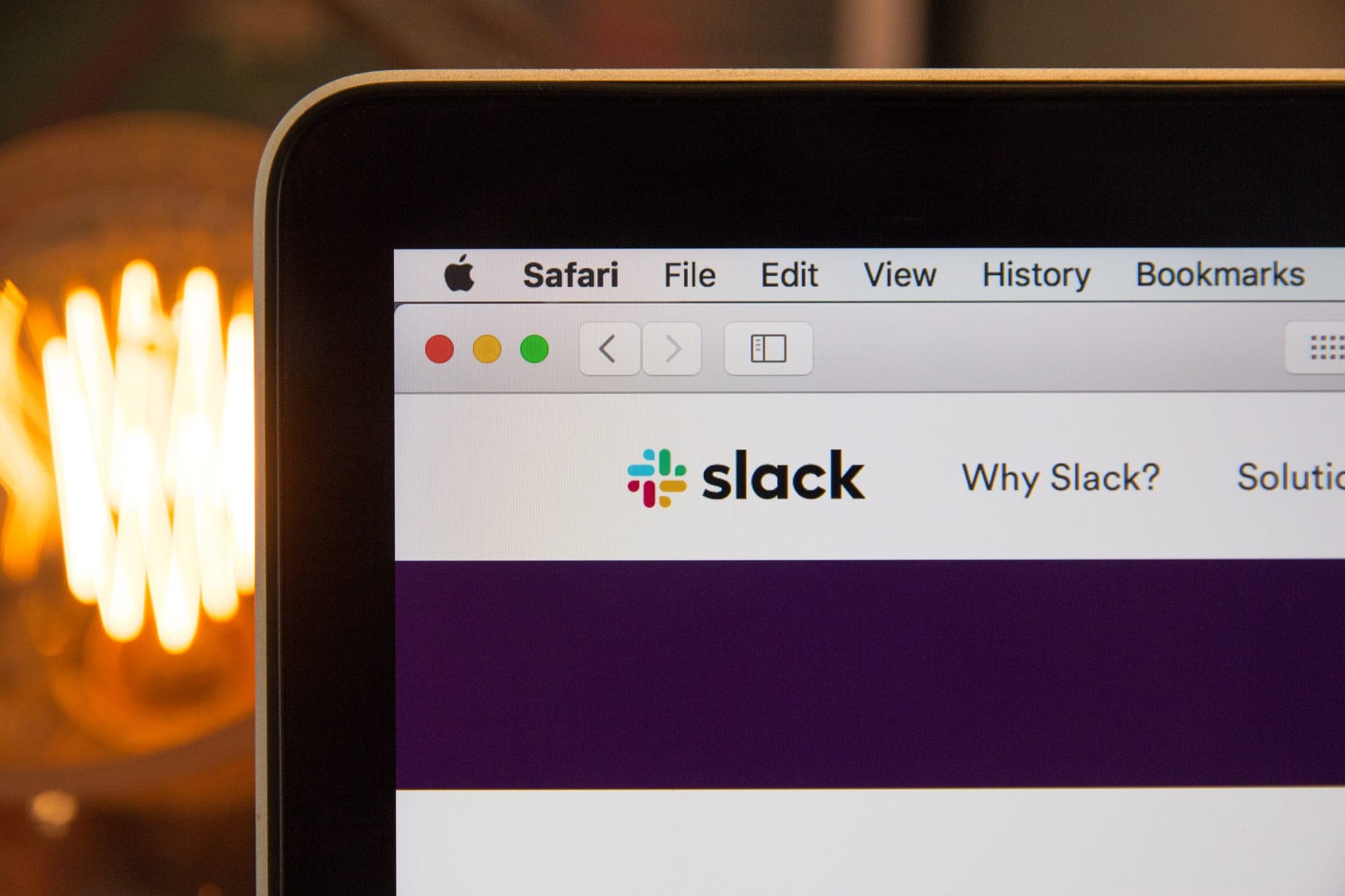How to thrive and fail as an async remote team
Nov 28, 2023 • 3 min read

Over the years, I worked for remote companies, ones that embraced remote work, and ones that were forced to be remote during covid and saw it as a constraint.
Those who've embraced it are able to hire the best or cheapest or best-value-for-money talent. They are also the ones constantly trying to improve the way they work.
Not being able to talk face-to-face and nudge your coworker next to you is a constraint, but constraints force you to be creative and efficient.
If you fall into this category, then naturally the next step is async communication.
What is async work?
Communicating asynchronously at work means you don't have to be working at a set schedule on Monday-Friday 9-5. You get the job done at whatever schedule works best for you.
Why async?
- To do your best work at the time, energy level and mood that suits you best
- To schedule work around your life, not the other way around
- To work with people who are clear thinkers
- Basecamp
How to fail as an async remote team
From my experience, this is how companies have failed at being async. I don't mean that they failed as a company (because they're still profitable), just that they have practices that have negative results.
- Employees view async communication as a way to slack off and procrastinate. Productivity suffers.
- Difficulty in collaboration because team members take too long to respond especially when others are blocked on an issue.
- Slow feedback, waiting 24-48 hours to respond, resulting in stale pull requests.
- Fewer but longer meetings lasting up to 2 hours. All the communication that was not done in person was instead done in a once-a-week call. You get people from different timezones into the same schedule (late nights or early mornings) and try to have productive discussions for 2 hours straight.
As a result, workers get to enjoy their lifestyle, while compromising company productivity.
It's easy to pinpoint these problems, but how do we solve it? The answer is usually
- Mandatory overlaps with the team, where you can work at the same time and ping each other on slack, jump on calls for "a quick question"
- Time-tracker tools to micromanage your team
- Go back to the office
But it doesn't have to be this way.
How to thrive as an async remote team
In all the years I've been working remotely, it wasn't until I started working for Steve that I realized I have so much more to learn about remote work, and that I had communication issues at my previous jobs.
Here are a few ways to improve.
Over-communicate
Share your WIP. This lets your teammates correct your mistakes earlier. Share your ideas, good or bad. Write messages like you write text messages, not like emails. React. If your manager has to ask what you’ve been up to, then it’s a sign that you are not over-communicating.
Understand
Be curious and understand the business. What is the goal of this app that I’m working on? How does it make money?
With this knowledge, you will know what's important, how to fill in the gaps, how to prioritize tasks, and how much time to spend on each. You learn how to manage yourself, and you become the “low-maintenance” employee who gets things done without much supervision - like the smart bot that you are. 🤖
Show your work
Things can get lost in Slack. Make sure the client knows what you’ve achieved. Send screenshots and URLs. Send it again in case they missed it. Ask for feedback.
It’s a win-win for both parties. You let your value be known, and they’ll know what they’re paying for.

